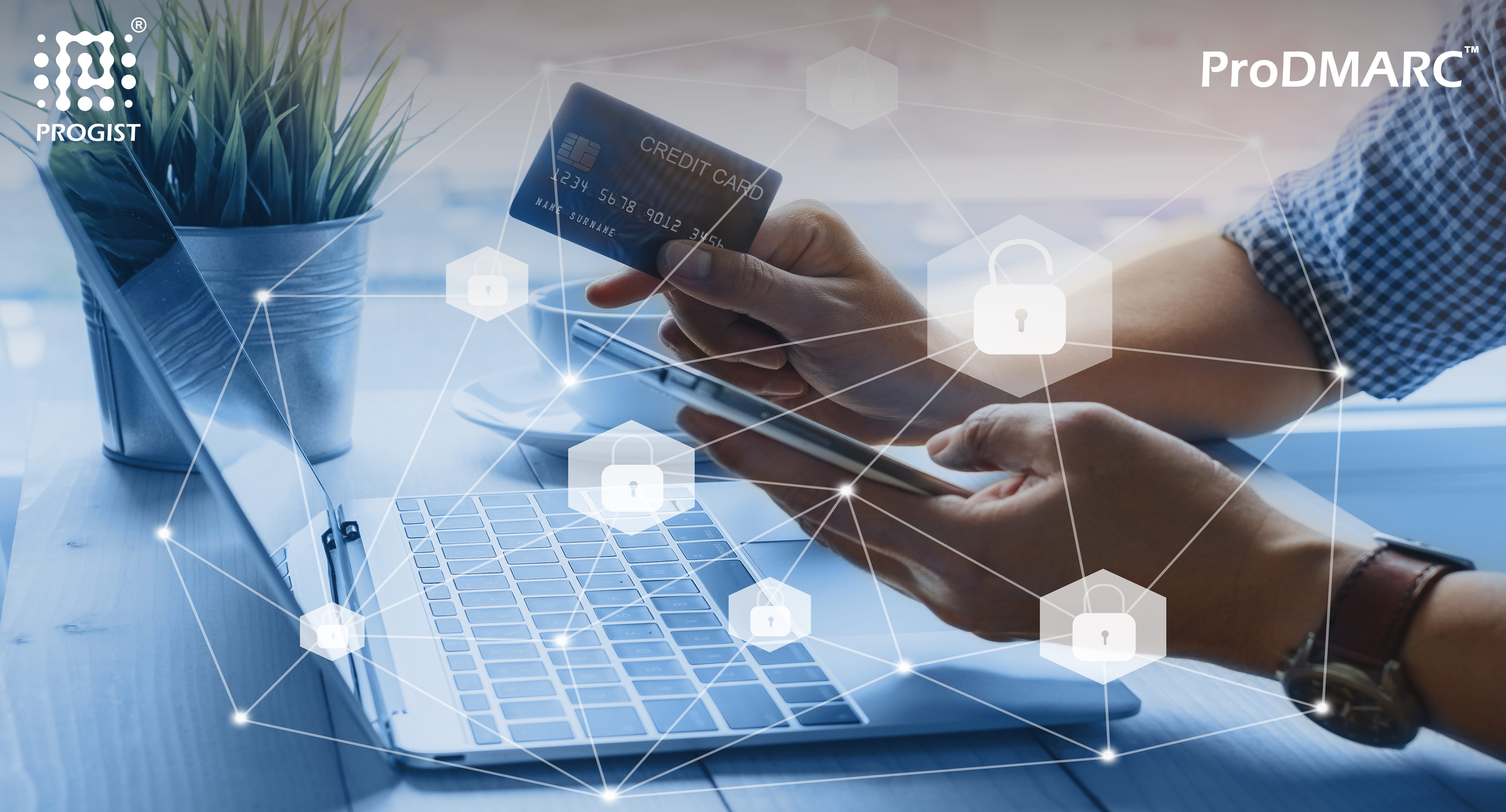It is a well-known fact that in order to commit fraud, cyber criminals impersonate trusted contacts. 70% of all email fraud is directly sent from a domain name that does
DMARC: Help Protect Your Brand Against Email Fraud


It is a well-known fact that in order to commit fraud, cyber criminals impersonate trusted contacts. 70% of all email fraud is directly sent from a domain name that does

Email is a fantastic way for companies to advertise their brand and gain customers. Email, on the other hand, aids the dissemination of spam, phishing, malware, viruses, and other forms
Read MoreWhy Is DMARC Critical To Reducing The Spread Of Malicious Emails?

DMARC is the acronym for Domain-Based Message Authentication, Reporting, and Conformance. It is a security practice in the world of email that allows people to determine which messages are from

The ability to create fake emails has long been used by cybercriminals as a tool for the deployment of spam, phishing attacks, or malware, and has been so since email

We all know the greatest way for hackers to access our networks is through phishing attacks and email phishing scams. If a single user clicks on any malicious email attachment,

With the rise of the social internet and the ubiquity of e-commerce, spammers and phishers have a tremendous financial incentive to compromise user accounts, enabling theft of passwords, bank accounts,

Adversaries commonly conduct social engineering and spear phishing attacks against organisations using fake emails. By modifying the sender’s address, or other parts of an email header to appear as though

One of the most common question that people ask us on how we know if the DMARC is really working and is it worth implementing. Let me talk about basics
Read MoreCTO Article: Use case of measuring the ROI of DMARC implementation

To start with, lets get a brief idea about DMARC Domain-based Message Authentication, Reporting, and Conformance (DMARC) is an ascendable mechanism by which a mail-originating system can express domain-level policies

What is Brand Impersonation? Impersonation refers to intentionally replicating other person’s characteristics, such as their speech, appearance, behavior, or expressions etc. Just like inter-person impersonation, brand impersonation is a particular